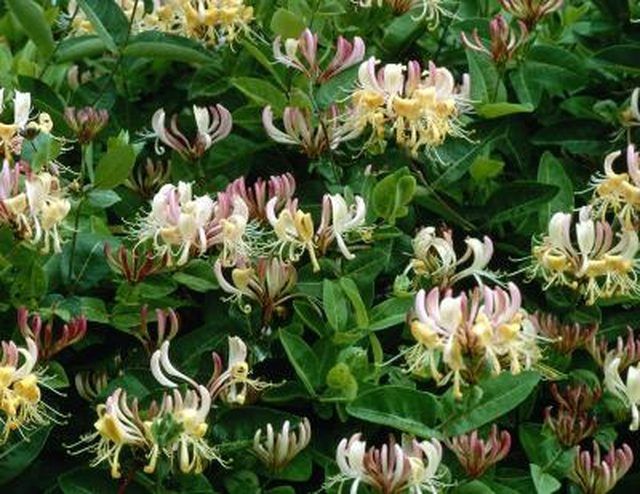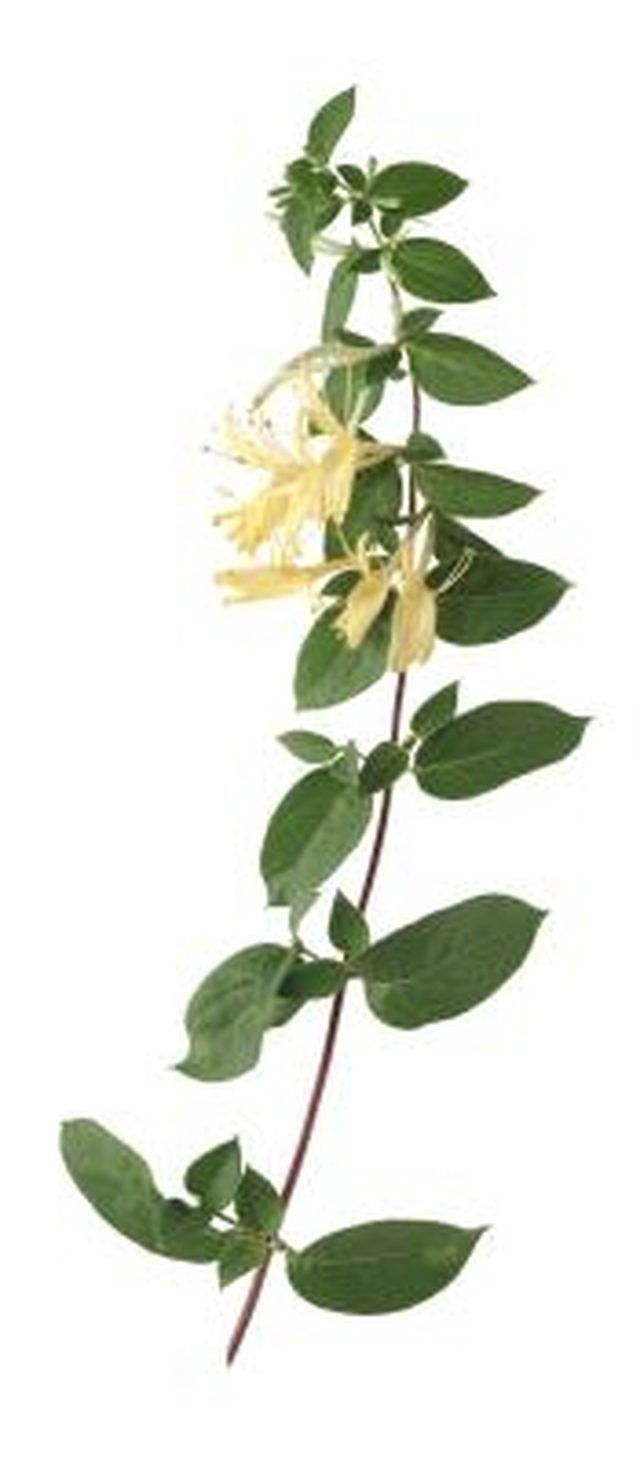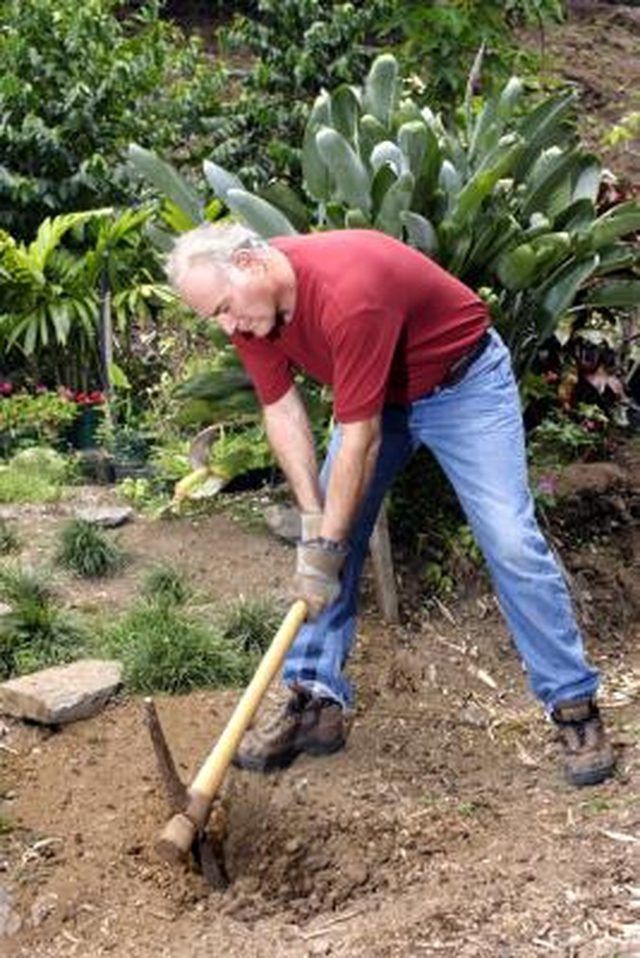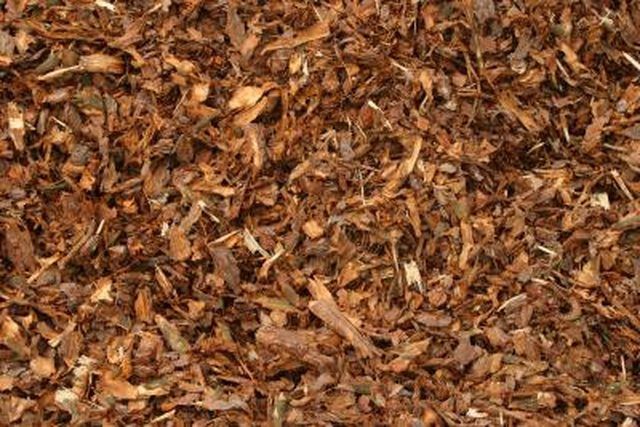Bulbs
Flower Basics
Flower Beds & Specialty Gardens
Flower Garden
Garden Furniture
Garden Gnomes
Garden Seeds
Garden Sheds
Garden Statues
Garden Tools & Supplies
Gardening Basics
Green & Organic
Groundcovers & Vines
Growing Annuals
Growing Basil
Growing Beans
Growing Berries
Growing Blueberries
Growing Cactus
Growing Corn
Growing Cotton
Growing Edibles
Growing Flowers
Growing Garlic
Growing Grapes
Growing Grass
Growing Herbs
Growing Jasmine
Growing Mint
Growing Mushrooms
Orchids
Growing Peanuts
Growing Perennials
Growing Plants
Growing Rosemary
Growing Roses
Growing Strawberries
Growing Sunflowers
Growing Thyme
Growing Tomatoes
Growing Tulips
Growing Vegetables
Herb Basics
Herb Garden
Indoor Growing
Landscaping Basics
Landscaping Patios
Landscaping Plants
Landscaping Shrubs
Landscaping Trees
Landscaping Walks & Pathways
Lawn Basics
Lawn Maintenance
Lawn Mowers
Lawn Ornaments
Lawn Planting
Lawn Tools
Outdoor Growing
Overall Landscape Planning
Pests, Weeds & Problems
Plant Basics
Rock Garden
Rose Garden
Shrubs
Soil
Specialty Gardens
Trees
Vegetable Garden
Yard Maintenance
Can Wild Honeysuckle Be Transplanted?
Can Wild Honeysuckle Be Transplanted?. Wild honeysuckle is an easily transplanted shrub. There are, however, some considerations in doing so. In some parts of the country, native azaleas are referred to as wild honeysuckle. However, most areas of the country refer to wild honeysuckle as plants of the genus Lonicera.

Wild honeysuckle is an easily transplanted shrub. There are, however, some considerations in doing so. In some parts of the country, native azaleas are referred to as wild honeysuckle. However, most areas of the country refer to wild honeysuckle as plants of the genus Lonicera.
Precautions
Certain types of wild honeysuckle are invasive, such as Lonicera maakii. Know which variety you have before attempting to transplant. If the wild honeysuckle you wish to transplant is an azalea variety, know that azaleas have different cultural needs than Lonicera.

Lonicera Transplants
Transplanting wild Lonicera can be done most effectively in either early spring prior to bud break or late fall when it is going dormant. Younger specimens are generally more vigorous and easier to transplant. Plant in a hole approximately twice the size of the root mass, and give it plenty of water.

Azalea Transplants
Native azaleas have a much more fibrous root system than the Lonicera. Make sure that you encourage the roots of your transplant to spread by cutting into the root mass to promote lateral root growth. These can be transplanted in late winter or fall. Prepare your planting hole with acidic amendments such as peat moss or pine bark mulch.
